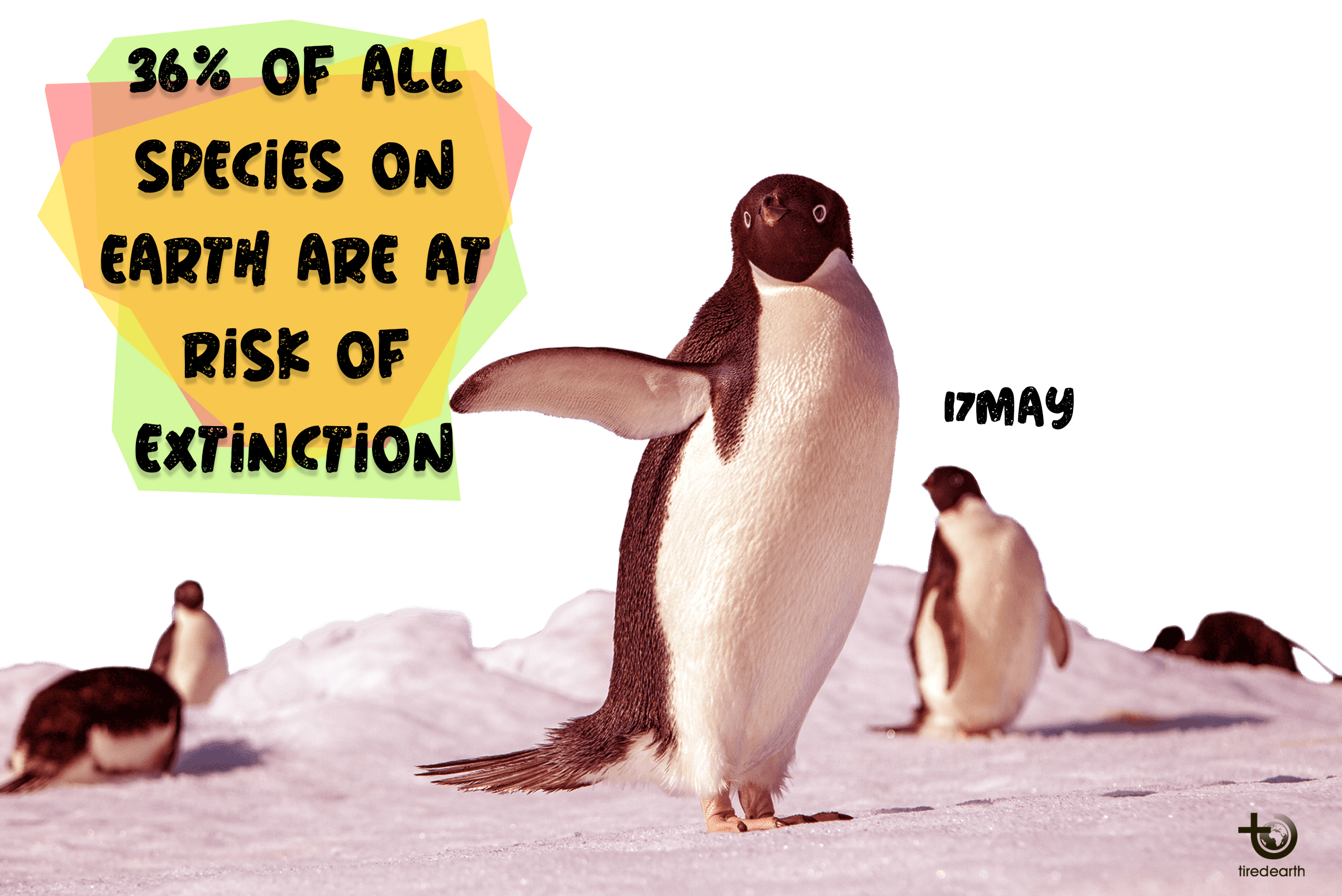Endangered Species Day is an annual day of celebration for the public to learn about endangered and threatened species and what we can all do to help them.

Endangered species are plant and animal species that are in danger of becoming extinct, while threatened species are species at risk of becoming endangered. The Endangered Species Act (ESA) is the federal law that protects these vulnerable populations. Through conservation and recovery programs, we work to rebuild the populations to healthy levels.
What is endangered species?
Basically, “endangered” means that a species is in danger of extinction throughout all or a significant portion of its range. Internationally, the IUCN Red List of Threatened Species is the well-recognized catalog of threatened species. The list and ranking are prepared by the International Union for Conservation of Nature based on very specific criteria. Although the criteria is specific, the information it seeks is not usually as definable as finding and counting species is a problematic venture for many reasons.
The criteria for “endangered status” are:
- very significant reduction in population size of a large percentage over recent years
- Continuing decline
- severely shrinking geographic range
Experts estimate that the extinction rate of animal species today is between 1,000 and 10,000 times higher than the natural extinction rate, that is what the extinction rate would be without human encroachment and activity.
It is without doubt that human impact on animal extinction is significant.
What are the causes of animals becoming endangered?
Loss of habitat
One of the most significant causes of endangered animals is habitat loss. While habitat may be lost due to natural forces (climate shifts, geologic changes), much of the habitat lost today is due to human activity. The construction of dams, highways, canals, urbanization, and agriculture dramatically affect the inhabitants of native ecosystems. Even when portions of the ecosystem remain intact creating “islands,” the resulting habitat may be too small or too widely dispersed to support a species.
Environmental pollution
Pollution in many forms has endangered many animals. Pesticides and other chemicals introduced to an ecosystem may significantly harm untargeted species. For example, DDT used to fight mosquitoes was eventually linked to declines in the reproductive rates of birds. Other forms of pollution such as thermal, light and noise pollution can each reduce survival rates of local animal populations.
Invasive species
Invasive species are one of the key biotic reasons for animals being endangered. Many species arriving in a new ecosystem are ill-adapted and quickly die off. However, some species are able to exploit the ecosystem to the detriment of native organisms. Small ecosystems such as those on islands are significantly affected by the introduction of invasive species but even native continental and oceanic populations can be devastated through competition or predation by the invader.
What can we do to help endangered animals?
There are many things we can do to help endangered animals, here are a few suggestions.
-
Protect wildlife habitats. As we said, Habitat loss is one of the biggest causes of extinction. Do your bit to preserve wildlife habitats. Volunteer to maintain a local nature reserve, campaign against deforestation or create a space for nature in your garden.
- Educate others. People are more likely to want to save animals if they know about them. Spend time doing some research and spread the word.
- Stay away from pesticides and herbicides. Animals are venerable to pollutants that can build up in the environment and can die if they consume high levels.
- Shop ethically. Avoid buying products made from endangered animals, such as rhino horns.













Comment
Reply